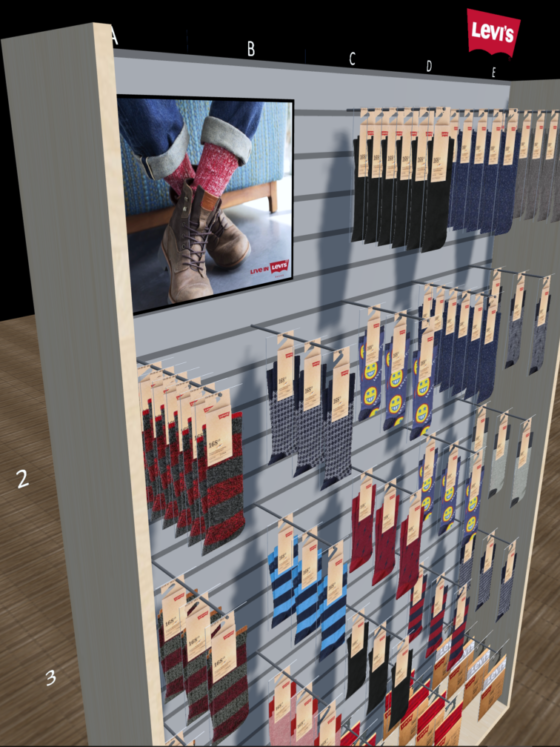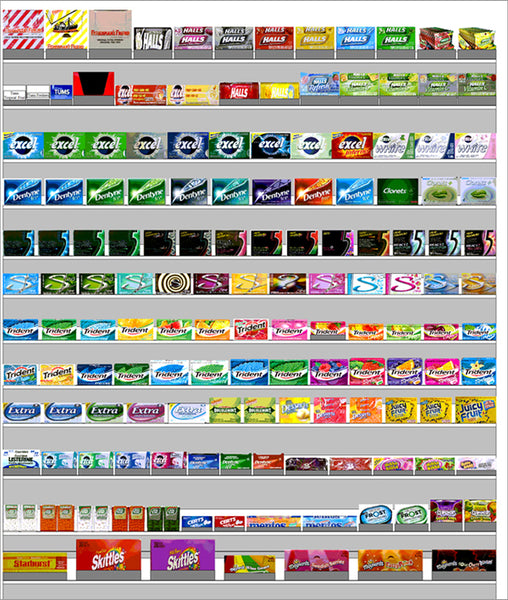
If you are selling to a retailer for the first time, ask for a copy of their planogram that shows where your item will be included.Īlthough a retailer may not ask for input, manufacturers’ representatives can always create their own version of the planogram that shows the retailer ideas on how they would like their product displayed.

In the beginning, you will probably have very little say as to where you are being placed in the store and what displays and signage will be used to draw customers in.

However, don’t expect to be given this privilege when you are just starting out in the industry. Larger suppliers are allowed to give input into the planogram design to ensure their product is displayed in a way that is consistent with their brand’s image. For example, if a retailer plans on displaying a new product on a large table in the front of the store, buyers should know to purchase more of these items than the products hidden on one of the back shelves.ĭo suppliers get to contribute to planograms? In these companies, planograms are often created at the corporate level and then sent out to individual stores with instructions.įinally, planograms help retailers determine how much inventory they will need of each product. Not only do these diagrams help retailers manage their space, but they also allow them to plan the best way to appeal to customers who are walking by.Ĭhains also rely on planograms to maintain a consistent image in every store throughout the company. Space is limited on retailers’ shelves, so it’s important that they carefully plan out how to maximize every inch of their store, which is why planograms come in handy. Planograms, which also go by the abbreviation POGs, are diagrams used by retailers to show how and where merchandise should be displayed throughout the store. One term that may come up when going over visual merchandising is planogram, but what exactly does it mean?

Are you just starting to sell your products in brick and mortar retailers? This can be quite the learning experience for those who are new to the business, and one part of the process is understanding the different terms retailers use when discussing your product.


 0 kommentar(er)
0 kommentar(er)
